When I typed ‘retro games’ into my browser I was a little surprised at the result. The sites featured were the sort selling ‘retro video games and classic retro gaming’. Atari, Commodore, Ninetendo, Sega, Sinclair and Playstation were not exactly the names I’d anticipated. So I typed in ‘retro toys’ and saw a couple of sites selling the latest versions, or re-designs, of toys from the ‘70s and ‘80s. Okay, now I was getting warmer, but not quite on the boil – for it seems that the likes of Fuzzy-Felt, Thunderbirds puppets and even Postman Pat have now become ‘vintage memorabilia’, ‘ephemera’ and ‘collectibles’ …and lumped in alongside antiques from Victorian times.
Have games really changed that dramatically over the past few decades? What would happen if today’s children were asked to keep themselves amused with the toys of yesteryear? Would they quickly learn how to knock up some bad egg gas with their Merit chemistry set, before moving on to more explosive experiments – or would health and safety be called upon to intervene?
Are there any similarities between the new world of virtual games and interaction with machines, and the previous age of making and creating things – and communicating with fellow children? And why have so many games simply disappeared? Are the toys I played with as a child now deemed to be inferior? The Magic Robot was a source of constant wonder: How did it always get the answers right? Then there were silly games like Twister, which parents would borrow for parties – I suppose the modern equivalent is the Wii Fit? Apparently, the Spiro-matic is what inspired Damien Hirst and David Bowie to create similar large scale spin paintings.
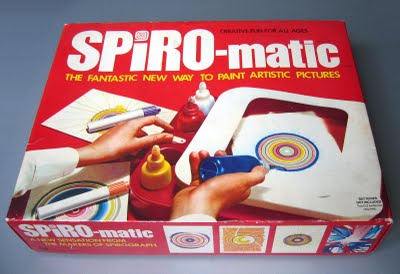
I notice that some games, like Kerplunk, Spirograph and Buckaroo are still around. Are these survivors the good games? The ones that worked? Or have they been altered beyond recognition, like Mouse Trap, which according to Wikepedia “In 2006…was re-released in the United Kingdom with a completely new design in which there are three mousetraps, and in which the board and plastic components are completely different. The most obvious change is the addition of a model toilet at the top of the tallest part of the game. Another key difference is that all of the mousetrap is set up in advance of the game.”

I know young children still enjoy building things with Lego, playing with toy cars, dolls and farmyard animal sets. But older children, who are largely responsible for choosing their own toys, invariably seem to opt for screen based games. Personally, I find it sad when mothers hand mobile ‘phones over to their children to play with, or when kids are left twiddling their thumbs on brightly coloured baby-style computer sets. Though I really enjoyed my Etch-a-Sketch until the screen got cracked and horrid (probably highly toxic) silver sludge spewed out all over my hands. Apparently, this curiously clunky device is still popular to this day… Really?
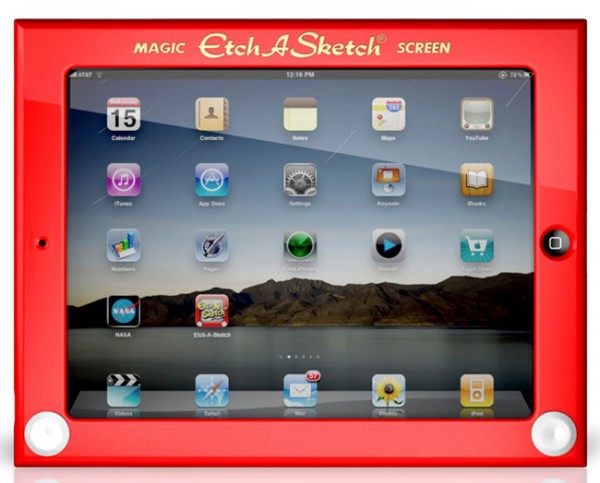
Susan is currently away. This post originally appeared in February 2011.

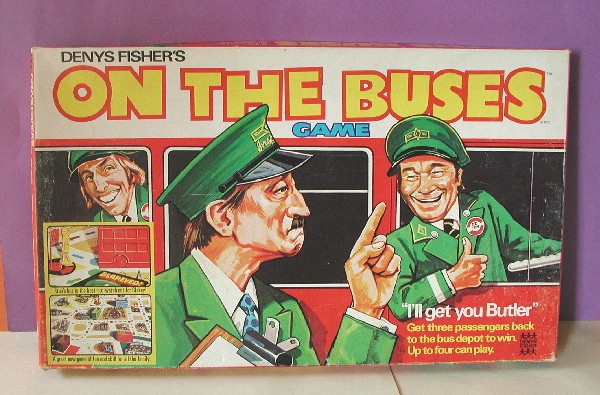
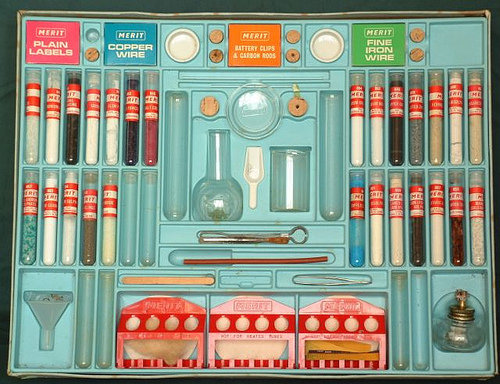
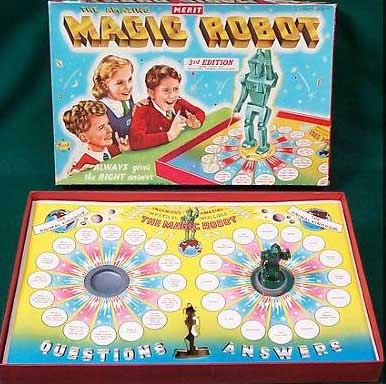








Hey, I had one of those!
Ian Russell is always away. This comment originally appeared in April 1969.